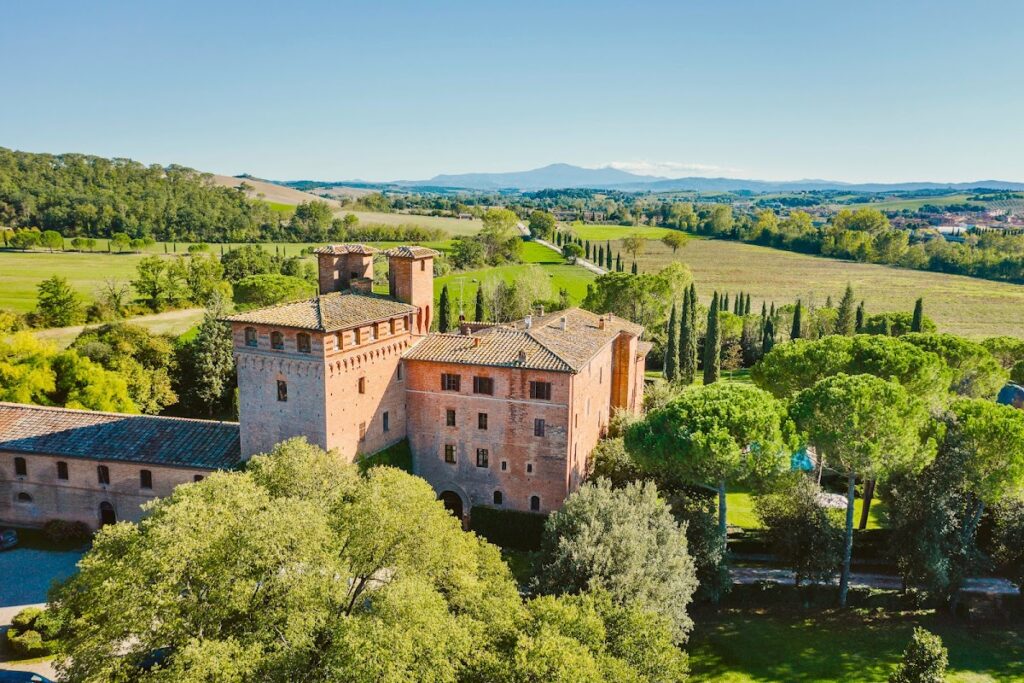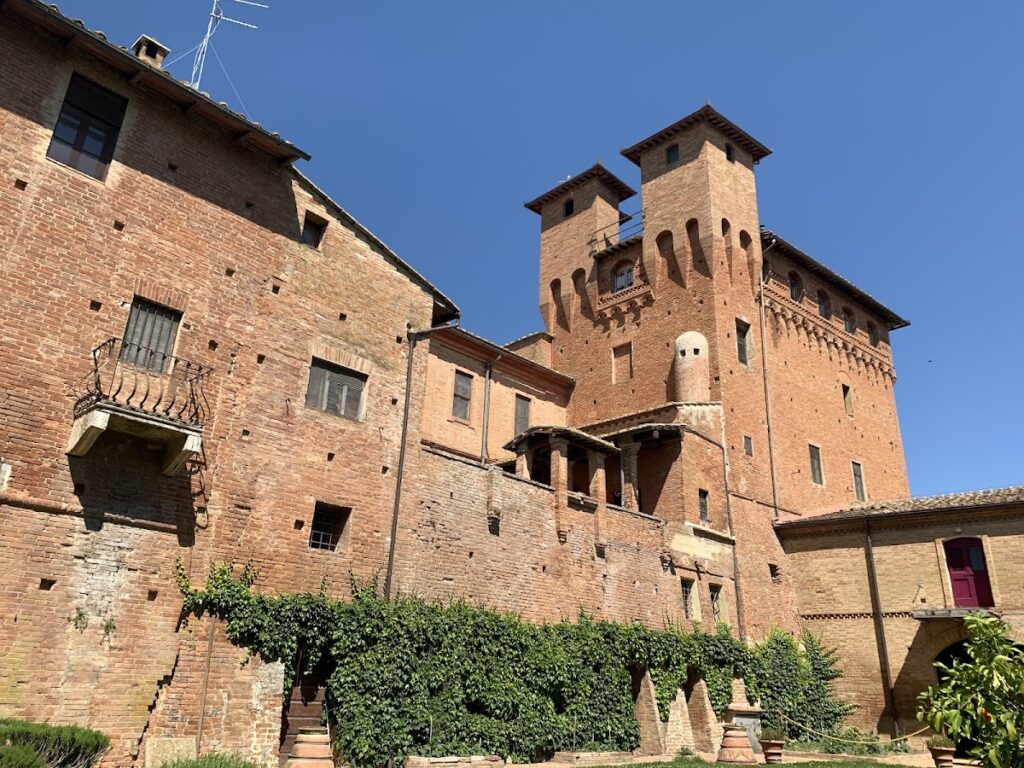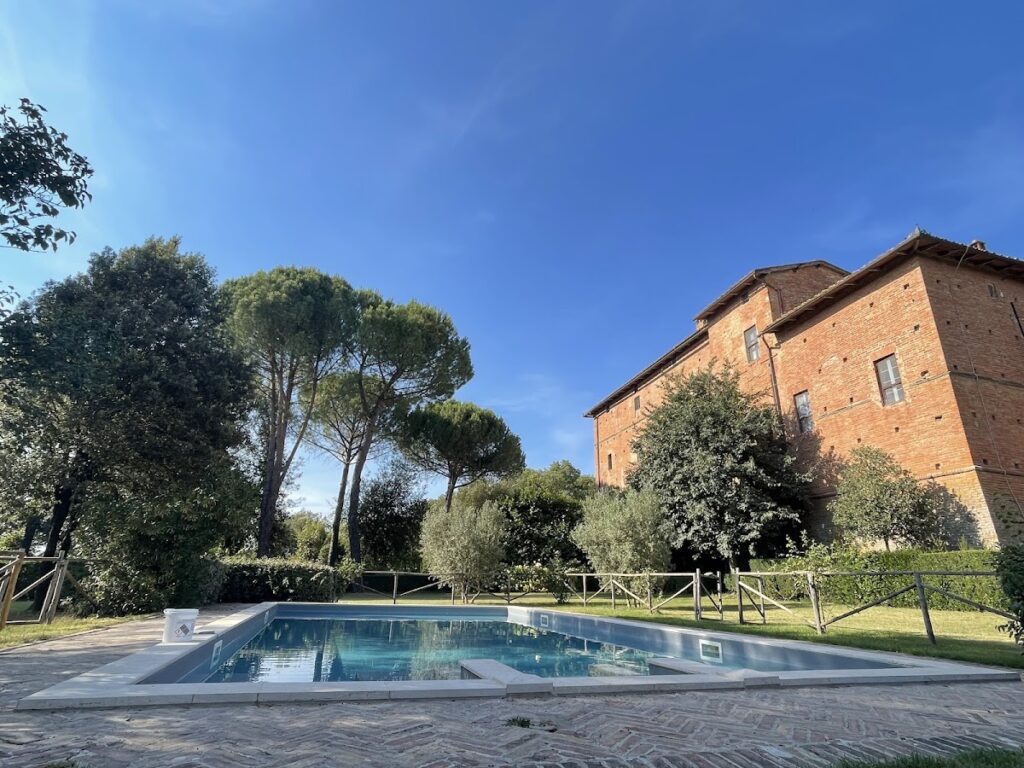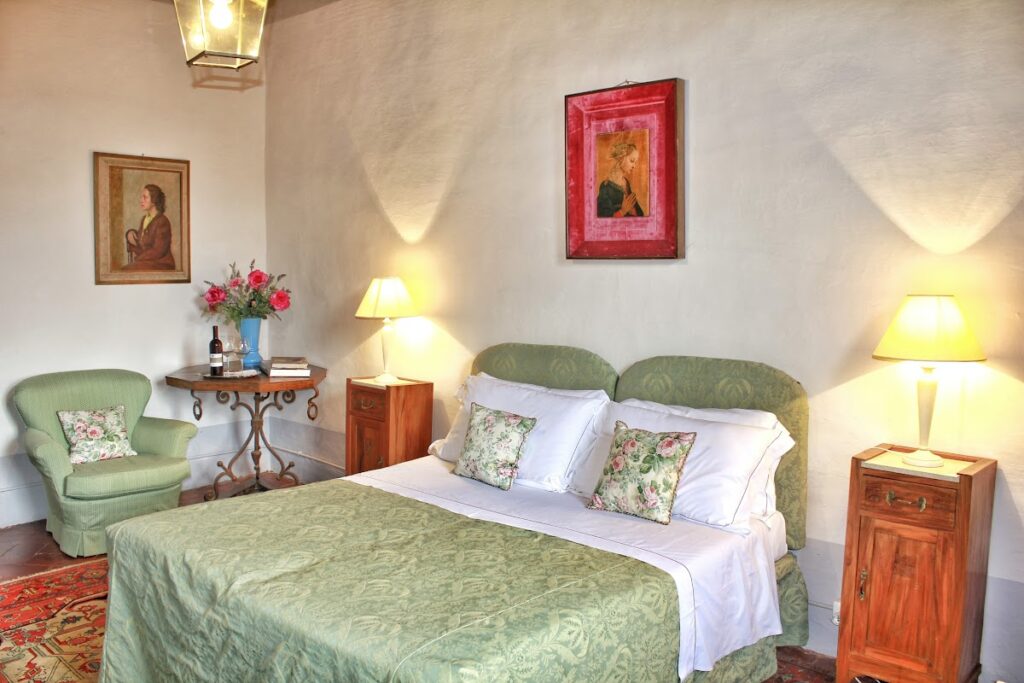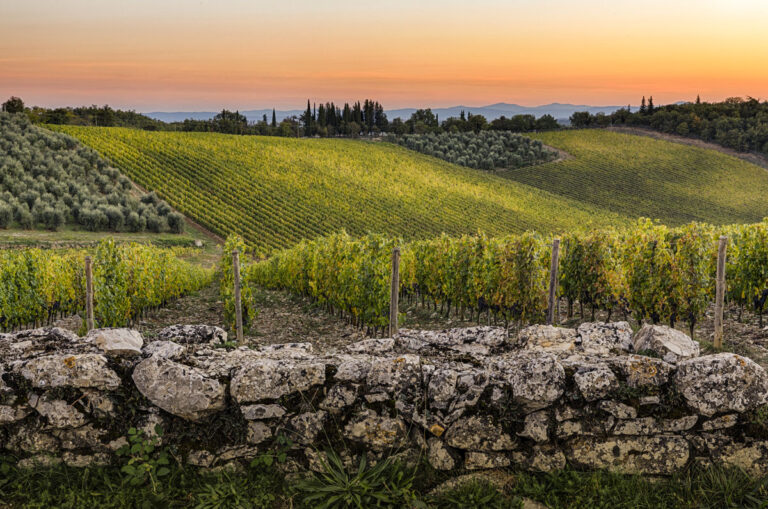San Fabiano Castle: A Historic Fortified Complex in Monteroni d’Arbia, Italy
Visitor Information
Google Rating: 4.8
Popularity: Low
Google Maps: View on Google Maps
Official Website: www.castellodisanfabiano.com
Country: Italy
Civilization: Unclassified
Remains: Military
History
San Fabiano Castle is a fortified complex located in the municipality of Monteroni d’Arbia, Italy, originally constructed during the 13th century by King Charles of Anjou. Its origins, however, trace back much earlier, centered around the church of San Fabiano, which dates to 867 AD and honors Pope Fabian, an early Christian martyr who was executed in the Roman Coliseum.
The earliest documentary record of the site appears in a charter from 867 AD, which refers to the area as a curtis—a type of rural estate—positioned near the church of San Fabiano. This estate was granted by the Count of Siena Guinigi to the monastery of San Salvatore at Fontebona, indicating ecclesiastical influence during this early medieval period. Over time, a village emerged adjacent to the estate, which by the 13th century had developed enough to function as a small free commune with administrative autonomy.
Ownership of the castle shifted by the 15th century, coming under the control of the influential Forteguerri family, who maintained possession for several centuries. Throughout its history, the castle and its surrounding lands served varied functions, including agricultural production and livestock breeding. In the 20th century, the estate operated on a large scale, producing wine and raising Chianina cattle, a renowned breed native to the region, as well as other farm animals.
A significant social transformation occurred in 1963 with land reforms that abolished the mezzadria system, a traditional tenant farming arrangement. This change led to the abandonment of approximately 25 farmhouses formed around the castle, which remained unoccupied for roughly three decades. Additionally, the estate hosted a cigar manufacturing operation known as Kentucky Tuscan Cigars during the mid-20th century; this factory closed in the 1970s following alterations in import laws that affected the tobacco industry.
Remains
San Fabiano Castle is arranged around a fortified layout dominated by its oldest structure, a rectangular tower known as the torrione, dating back to the original 13th-century construction. This tall tower is notable for its distinctive decorative elements, including blind trilobed arches—arches with three rounded lobes that do not open through the wall—resting on corbels shaped like inverted pyramids. Above these arches, a series of lowered-arch windows runs beneath a hipped roof, providing both light and defense.
The tower’s walls feature decorative brickwork with a beaded pattern known as perlatura, an ornamental technique that adds texture to the masonry. Surrounding the main tower is a larger building with fewer windows than modern structures, reflecting its defensive purpose; these windows were originally arched. Adjoining this main body is a lower structure characterized by a battered base—a sloping wall design typical of medieval fortifications—along with a smaller corner tower of uncertain age.
Two additional small towers crown the main tower but were added much later, during the 18th century, representing modifications to the original medieval structure. Inside the fortified perimeter lies a courtyard that contains a well essential for water access, alongside a portico—a covered walkway or colonnade—occupying one side, which would have served both practical and social functions.
Extending at right angles from the principal building, a secondary structure served historically as a stable and storage warehouse, highlighting the castle’s role in agricultural production and estate management. The area in front of the castle opens onto a spacious lawn adorned with potted lemon trees. On the southern side, gardens feature a clearing with a loggia, an open-air gallery or corridor, accompanied by a terrace and an external staircase. These landscaped areas are enclosed by boxwood hedges and flanked by cypresses as well as other trees, contributing to the setting’s historical agrarian character.
To the north of the castle lies the agricultural village that developed around the church of San Fabiano, maintaining the connection between the religious site and the fortified estate. This layout reflects a continuity of settlement and use from the early medieval period through to modern times.
